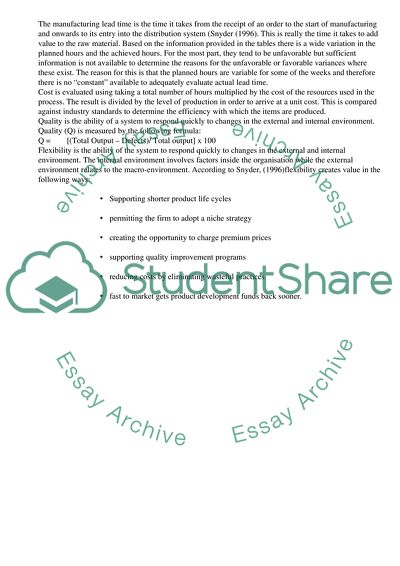Cite this document
(Systagenix's Improving the Processes and Value Chain Research Paper - 1, n.d.)
Systagenix's Improving the Processes and Value Chain Research Paper - 1. Retrieved from https://studentshare.org/management/1747718-operation-management
Systagenix's Improving the Processes and Value Chain Research Paper - 1. Retrieved from https://studentshare.org/management/1747718-operation-management
(Systagenix'S Improving the Processes and Value Chain Research Paper - 1)
Systagenix'S Improving the Processes and Value Chain Research Paper - 1. https://studentshare.org/management/1747718-operation-management.
Systagenix'S Improving the Processes and Value Chain Research Paper - 1. https://studentshare.org/management/1747718-operation-management.
“Systagenix'S Improving the Processes and Value Chain Research Paper - 1”, n.d. https://studentshare.org/management/1747718-operation-management.


